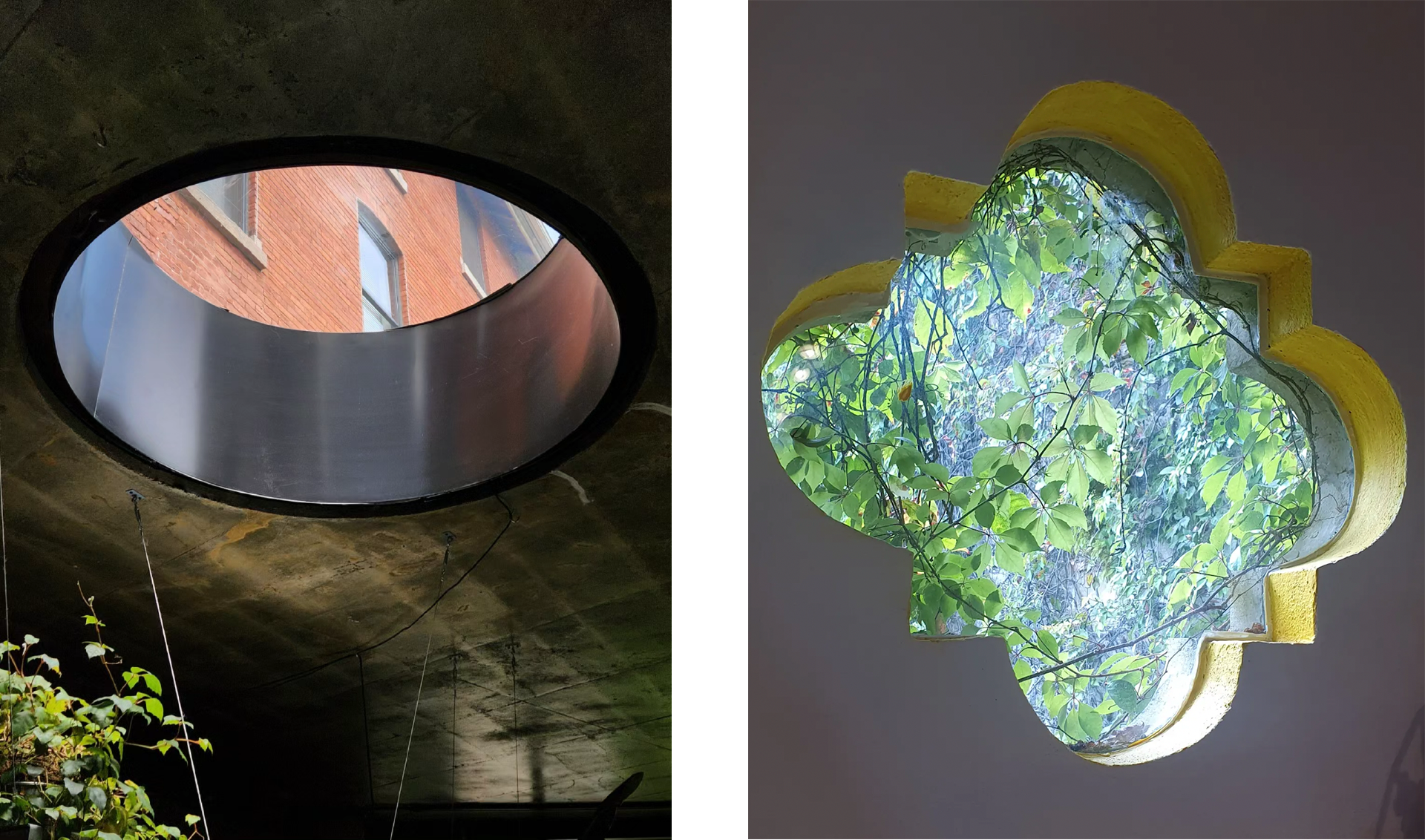Windows and The Seen
By Kha Den De / Lera
Edited by Cody Foo
Windows are integral part of everyday life, an essential component in every living space. But have you ever thought about their role beyond their basic functions?
As per definition, a window's function is to let light and air in and to allow one to see through. They come in various forms, however, people hardly ever pay attention to the windows themselves and only look through them.
Windows act as a façade, separating interior and exterior surroundings. At the same time, they are framing one's view, directly influencing what is seen and how it is seen. Depending on one's position in relation to the window, the gaze angle changes and so too the view from the window. One's perception of reality can be shaped by windows, as they have the power to allow or restrict one's sight - choose what to display or what to conceal.
We can think about public spaces in a similar manner. People are constantly existing in shared spaces but rarely pay close attention to the surroundings. As designers and planners, we shape public spaces and form peoples outlook on them. Even if our placemaking efforts might not seem visible at a glance, people's positive experience is the greatest proof of our 'invisible' intervention.
For example, some of the upcoming Ontario Line South subway stations are reinstating heritage façades which comes with updating the original facade's design features, including the windows. While some of those windows will continue to serve their function, others will be covered to fuse with the walls. The choice behind keeping a window open or concealing it translates into design choice of shaping what is seen and unseen to a space user.


